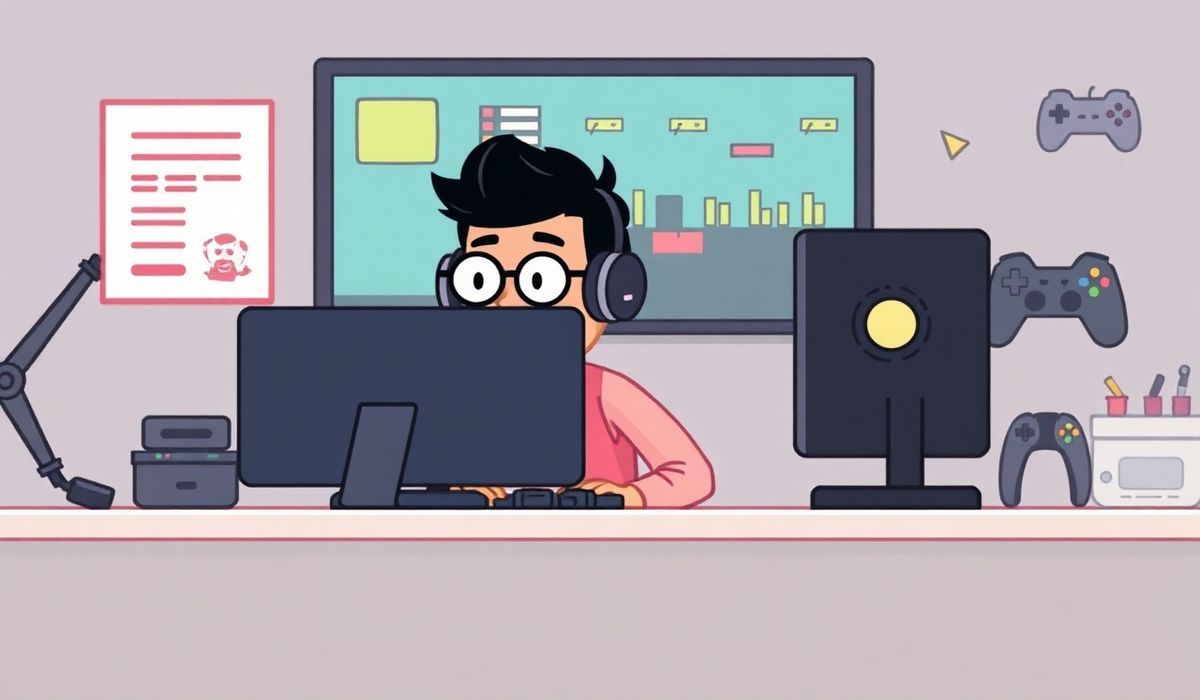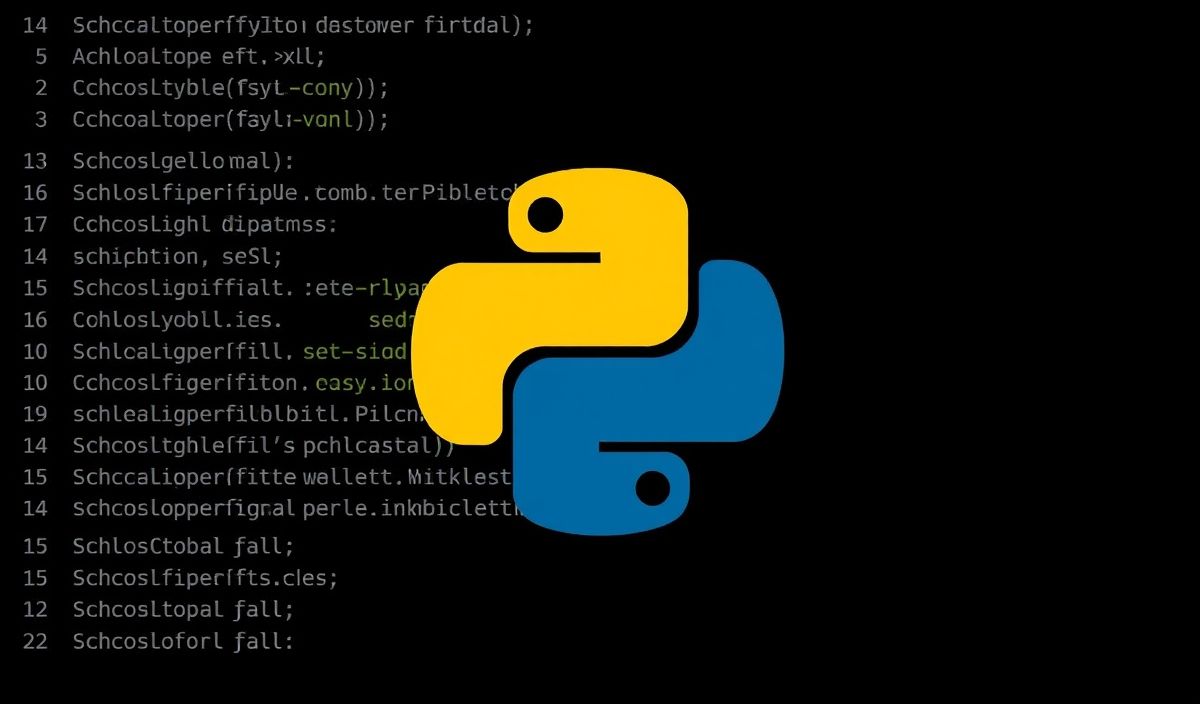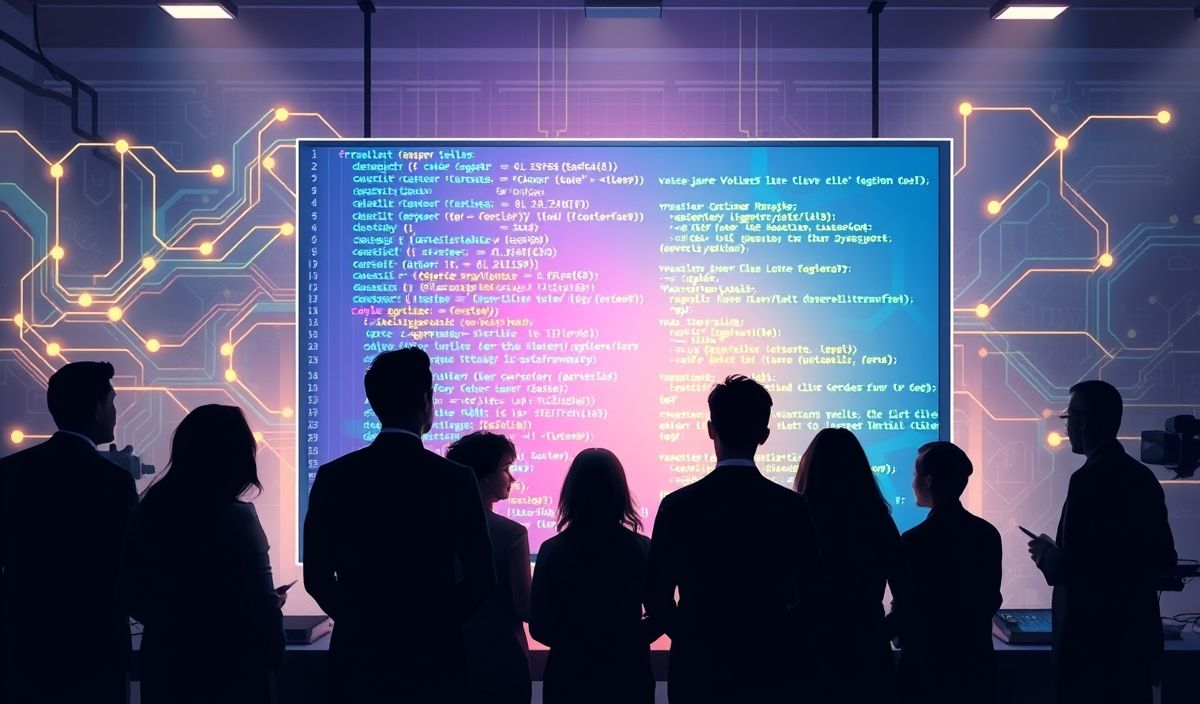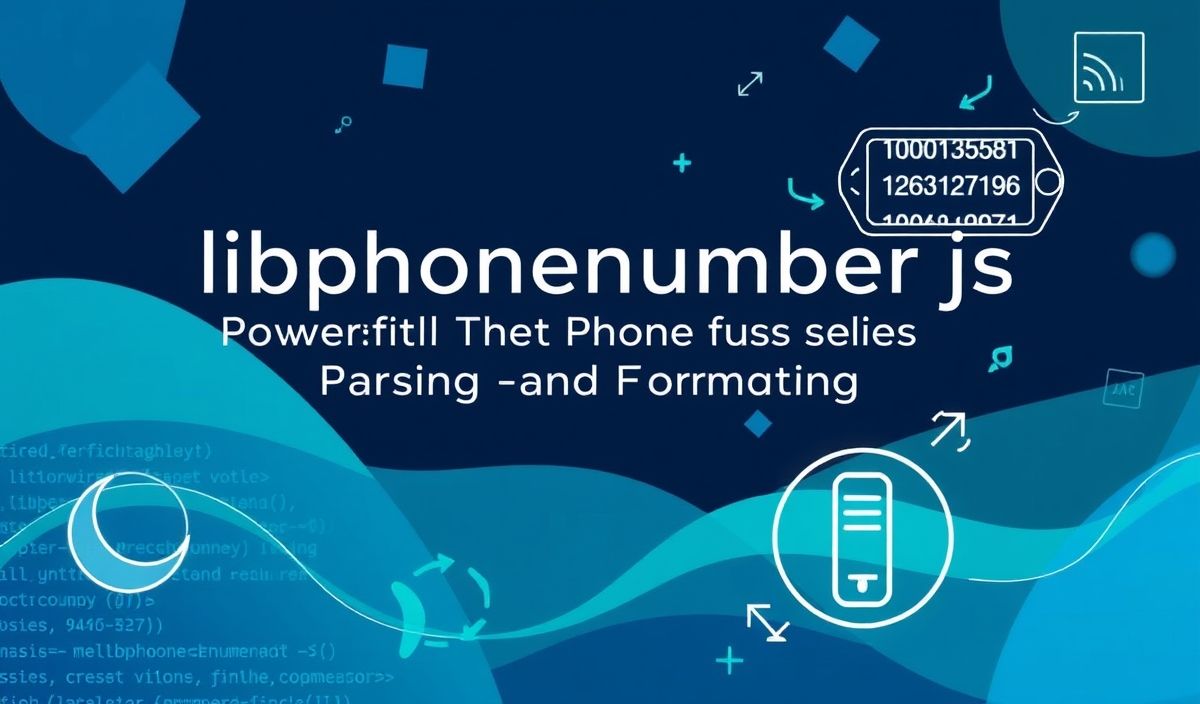What is Pygame? (Introduction)
Pygame is a cross-platform Python library specifically designed for creating 2D games and multimedia applications. It is built on top of the Simple DirectMedia Layer (SDL) library, which is widely used in the game industry for managing graphics, sound, input, and more. Pygame provides an easy-to-use set of Python modules that simplify game development without needing deep knowledge of low-level graphics programming.
Features of Pygame
- Open Source: Free to use and backed by a supportive community.
- Cross-Platform: Compatible with Windows, macOS, and Linux.
- Graphics and Sound: Support for sprites, images, sounds, and music.
- Input Handling: Easy handling for keyboard, mouse, and game controllers.
- Animations: Tools for animating objects and characters.
Installation
Make sure you have Python installed on your system. Install Pygame using pip:
pip install pygame
20+ Essential Pygame APIs (with Explanations and Code Snippets)
Below is a list of 20+ essential Pygame APIs that every developer should know, complete with explanations and examples.
1. pygame.init()
Initializes all Pygame modules. It must be called before using any other Pygame functionality.
import pygame pygame.init()
2. pygame.display.set_mode()
Creates a display window where the game visuals will appear.
screen = pygame.display.set_mode((800, 600)) # 800x600 resolution
3. pygame.display.set_caption()
Sets the title of the game window.
pygame.display.set_caption("My Awesome Game")
4. pygame.Surface()
Represents a 2D image or area on which images and shapes can be drawn.
surface = pygame.Surface((100, 100)) # A 100x100 surface
5. pygame.draw.rect()
Draws a rectangle on a surface.
pygame.draw.rect(screen, (255, 0, 0), (50, 50, 100, 100)) # Red rectangle
6. pygame.draw.circle()
Draws a circle on a surface.
pygame.draw.circle(screen, (0, 255, 0), (200, 200), 50) # Green circle
7. pygame.draw.line()
Draws a line between two points.
pygame.draw.line(screen, (0, 0, 255), (300, 300), (400, 400), 5) # Blue line with thickness=5
8. pygame.image.load()
Loads an image from a file.
image = pygame.image.load('player.png')
screen.blit(image, (100, 100)) # Display the image at (100, 100)
9. pygame.font.Font()
Loads a font to render text.
font = pygame.font.Font(None, 36) # Default font, size 36
text = font.render("Hello, Pygame!", True, (255, 255, 255))
screen.blit(text, (50, 50)) # Display the text
10. pygame.time.Clock()
Controls the frame rate of the game.
clock = pygame.time.Clock() clock.tick(60) # Limit the game loop to 60 FPS
11. pygame.key.get_pressed()
Detects which keys are being pressed.
keys = pygame.key.get_pressed()
if keys[pygame.K_LEFT]:
print("Left arrow key is being pressed")
12. pygame.mouse.get_pos()
Gets the current position of the mouse cursor.
mouse_pos = pygame.mouse.get_pos()
print(f"Mouse Position: {mouse_pos}")
13. pygame.mouse.get_pressed()
Checks the mouse button’s state (clicked or not).
mouse_buttons = pygame.mouse.get_pressed()
if mouse_buttons[0]: # Left mouse button
print("Left mouse button clicked")
14. pygame.event.get()
Fetches all the events from the event queue.
for event in pygame.event.get():
if event.type == pygame.QUIT:
running = False
15. pygame.mixer.Sound()
Plays a sound effect.
sound = pygame.mixer.Sound('explosion.wav')
sound.play()
16. pygame.mixer.music
Manages background music.
pygame.mixer.music.load('background.mp3')
pygame.mixer.music.play(-1) # Loop indefinitely
17. pygame.sprite.Sprite()
Base class for creating game objects with properties like images and positions.
class Player(pygame.sprite.Sprite):
def __init__(self):
super().__init__()
self.image = pygame.Surface((50, 50))
self.image.fill((0, 0, 255)) # Blue square player
self.rect = self.image.get_rect()
self.rect.topleft = (100, 100)
18. pygame.sprite.Group()
Groups multiple sprites to simplify updates and drawing.
all_sprites = pygame.sprite.Group() player = Player() all_sprites.add(player)
19. pygame.Rect.colliderect()
Checks if one rectangle collides with another.
if player.rect.colliderect(enemy.rect):
print("Collision detected!")
20. pygame.quit()
Shuts down all Pygame modules (to be called when the game exits).
pygame.quit()
21. pygame.transform.scale()
Scales an image to a specific size.
scaled_image = pygame.transform.scale(image, (200, 200)) screen.blit(scaled_image, (50, 50))
22. pygame.transform.rotate()
Rotates an image by a specified angle.
rotated_image = pygame.transform.rotate(image, 45) # Rotate image by 45 degrees screen.blit(rotated_image, (100, 100))
23. pygame.event.Event()
Creates custom events or interacts with pre-defined events.
custom_event = pygame.event.Event(pygame.USEREVENT, message="Custom Event Triggered") pygame.event.post(custom_event)
Building a Simple Pygame Application
Now that you know some of the essential APIs, let’s create a simple application where a player moves a rectangle across the screen using the arrow keys.
Code:
import pygame
# Initialize Pygame
pygame.init()
# Screen Setup
screen_width, screen_height = 800, 600
screen = pygame.display.set_mode((screen_width, screen_height))
pygame.display.set_caption("My First Pygame App")
clock = pygame.time.Clock()
# Player Setup
player_color = (0, 0, 255)
player_size = (50, 50)
player_pos = [375, 275]
# Game Loop
running = True
while running:
for event in pygame.event.get():
if event.type == pygame.QUIT:
running = False
# Movement with Arrow Keys
keys = pygame.key.get_pressed()
if keys[pygame.K_LEFT]:
player_pos[0] -= 5
if keys[pygame.K_RIGHT]:
player_pos[0] += 5
if keys[pygame.K_UP]:
player_pos[1] -= 5
if keys[pygame.K_DOWN]:
player_pos[1] += 5
# Drawing
screen.fill((0, 0, 0)) # Clear screen with black
pygame.draw.rect(screen, player_color, (*player_pos, *player_size))
pygame.display.flip() # Update the display
# Limit to 60 FPS
clock.tick(60)
# Quit Pygame
pygame.quit()
How It Works
- A blue rectangle represents the player.
- Players can use the arrow keys to move the rectangle around the screen.
- The
pygame.key.get_pressed()function checks for key presses.
Conclusion
Pygame is a powerful yet beginner-friendly tool for creating 2D games. Through the APIs and techniques covered in this guide, you’re equipped to start building your very own games with ease. Customize the provided example, or experiment with more advanced concepts like sprite collision, animations, or sound integration. The possibilities are endless in the world of Pygame!




